Most people who visit Seattle will stay downtown. If you arrive from the airport by Lightlink, you'll arrive in the heart of Downtown. There are various areas of Downtown that are more lively than other parts. The Central Business District is quiet on the weekends, but busy during weekday business hours. Not much is going on here, but tourists tend to visit the Pike's Place Market. The market is a quintessential experience and one that is not to be missed. Whether you want to eat, shop or see the local fishermen throw fish, it is easy to spend an afternoon at Pike's Market.
First Avenue is a lively street with plenty of local shops and cafes. If you head South from Pike's Market towards Pioneer Square, expect a variety of chic shops and fancy cafes. The Seattle Art Museum is worth a visit, and free every first Thursday of the month. Watson Kennedy is one of my favorite shops, which feels like a time trip into old Europe. The Bookstore Bar + Cafe is another favorite. The Smith Tower is Seattle's original skyscraper and a ticket into the building offers visitors panoramic views of the city and a chance to eat and drink at its Speakeasy.
Heading north on First Avenue from Pike Street toward Cedar Street, travelers will experience the best of Belltown primarily on First and Second Avenue.
Belltown
Belltown consists of the streets (primarily 1st-5th) located between Denny Avenue and Virginia street. First and Second Avenue are the most happening, with many bars and cafes on first, and much more bars, clubs and restaurants on second. Ti 22 on Fourth Avenue has my favorite housemade Pad Thai. The 5 Point Cafe is a grease pit and a perfect cheap eat. Belltown has everything from grunge to chic, so it depends on what you want. Shorty's is a pinball machine bar and Belltown pub features traditional bar/pub atmosphere. Bedlam coffee is a typical edgy cafe that is known for its lavendar lattes. For a piece of local history, try lunch or happy hour at the Virginia Inn. Established in 1903, the local fare is upscale, but worth it just for the atmosphere.
The International District is Seattle's China Town. With countless Asian restaurants, tea shops and grocery stores, this neighborhood is a place for a cheap eat. Watch your back, especially at night as the neighborhood is littered with homeless and although usually fine, crime happens here frequently. I recommend the popular Dough Zone for dumplings as well as the Loving Hut, which is a vegan Asian restaurant.
From downtown, walk, take the light link to International District Station or buses 7, 14, 36.
This is Seattle's original "old town." The historic architecture ignites a sense of charm that attracts locals to peruse this neighborhood by foot. There are plenty of independent businesses, bookshops, cafes and hotels as well as homeless in this now revitalized neighborhood. The neighborhood also has plenty of sports bars since it is adjacent to the Mariner's and Seahawks stadiums. The London Plane, The Grand Central Bakery are notable for their baked goods. Altstadt is one of the best German bars in town, and no matter where you go, there is a happy hour on every block. Zeitgeist is also one of my favorite Seattle Cafes.
The waterfront is an extensive area that covers the many piers and businesses nearby downtown as well as the Elliot Bay Trail. The waterfront is still receiving a face-lift with years of construction, but it is one of the most beautiful spots in the city. I suggest walking the Elliot Bay Trail to get a sense of Seattle, which is also the perfect sunset spot. The five-star Edgewater Hotel happy hour is a must! Beautiful food with delicious food, it sets the stage for a typical Seattle experience. The waterfront features the water taxi, which transports visitors to West Seattle. It's the most affordable (and quickest) water experience in the city.
West Seattle is not popular with tourists, but does have some beautiful waterfront attractions. The West Seattle taxi from the downtown waterfront drops people off next to one of the most popular seafood restaurants, Salty's. Nearby here locals and tourists rent kayaks, stand up paddleboards or scuba dive the Puget Sound. Alki Beach is the most popular attraction. Similar to a California beach town, seaside bars and cafes overlook an extensive beach and boardwalk. Beach volleyball is popular here and so are the family of four bike rental carts.
Queen Anne is a family-friendly neighborhood divided into two parts, upper and lower. Lower Queen Anne is also known as "Uptown," which is adjacent to the Seattle Center. Here visitors make way to the Space Needle and the "buzz worthy" KEXP coffeeshop. Live music is available on occasion. The SIFF is an independent film theater that features a variety of indie and mainstream films and documentaries.
Most visitors may not spend time in Upper Queen Anne, but visit the "counter balance" because of famous Kerry Park and its popular lookout spot. On a clear day one notices Mount Rainier in the backdrop and on the corner of 8th Avenue W and West Highland Drive is another viewpoint overlooking the Olympic Mountains and Magnolia.
​
Bus Number D, 8, 1, 2, 13, 29 will get you to Lower Queen Anne and 2 and 13 will get you to Kerry Park and Upper Queen Anne.
In terms of tourist attractions, Magnolia is not on the top of the list. This is a family neighborhood, which has the feel of a suburb. Discovery Park would be the prime reason to visit this neighborhood. The extensive trails meander this urban park, which makes it feel like you're walking through a national park. The bluffs feature a beautiful overview of the city and trails lead to the Puget Sound where a beautiful lighthouse sits alongside the shoreline.
​
Bus number 24 + 33 will get you downtown to Discovery Park.
Fremont is the neighborhood that is in the "Center of the Universe." It is one of the cutest neighborhoods, that is sadly, slowly evolving to become more chic and modern. Gas Works Park is popular with the locals and connected to the Birch Gilman Trail system. Some of the old architecture still exists, which gives part of this neighborhood and European feel. The Fremont Coffee Company offers fair-trade coffee with creative coffee art lattes all within the four walls of a small house. Quirky artwork is seen around the neighborhood, with the most popular being the Fremont Troll.
Recommended restaurants: Jai Tai, Cafe Turko, The Tsar, ZapVerr + Kwanjai Thai
Bus 31, 32, 40 and 62 will get you to Fremont.
Capitol Hill is Seattle's most colorful and vibrant neighborhood. Known as the "gay ghetto," this is where people come to do everything but sleep with a prime focus on eating and partying. Gentrification has changed the vibe of this neighborhood, but it is still has the grunge and radicalized hipster scene. There is so much to see and eat it's impossible to experience it all. The Pike/Pine Corridor (Pike and Broadway) is the central area where the most excitement happens. There are countless shops, cafes, bars, restaurants and nightclubs.
Broadway, headed toward E Roy St. is quieter, with plenty of things to do and characters to see. Try High Line for some vegan food and to experience the old grunge scene of Seattle. One of my favorite areas is 15th avenue, which features plenty of independent cafe, shops, health food stores and bars. Ada's bookstore is worth a visit and be sure to take a walk through Volunteer Park.
The Lightlink or bus 10, 11 and 49 goes to Capitol Hill.
This is a popular neighborhood with sporty locals. Whether they're jogging around the lake, playing basketball or stand up paddling, Greenlake has no shortage of interesting people. The occasional creepy clown sits underneath a tree or a local painter sells artwork from time to time. It's a place to stay fit, active and enjoy the water. The footpath loop is 2.8 miles.
South Lake Union (SLU)
Nearby downtown and Lower Queen Anne, is SLU. This part of the lake is an area that attracts "beach goers," bikers, walkers, and people watchers. The Center for Wooden Boats features sailing classes and boat renters alongside with a museum of Native American wood-carved boats. A small rock beach is near the pedestrian bridge for locals to swim in the summer. The atmosphere has changed through the years, since the prime residents are Amazon techies, who basically have sucked the soul out of the neighborhood. Depending on the walking distance, this is an area to admire houseboats from the trail. The footpath loop is approximately 6.0 miles.
​Located near Boeing Field, Georgetown represents what many Seattle neighborhoods used to look like. A small street containing one-story brick buildings features some of Seattle's best, and most eclectic, cafes and pubs. Believe it or not a record store still exists and so do artist enclaves.
Seward Park is another beautiful, waterfront park in Seattle. The outer loop trail meanders alongside the shores of Lake Washington. Inner trails exist that cut through the forest. It is possible to see eagles, especially during nesting season. Extend your walk or bike trip and continue north along Lake Washington Boulevard towards Colman Park. If hungry, head inland to That's Amore Italian Cafe for a coffee, drink or a bite to eat.
The outer loop trail at Seward Park is approximately 2.5 miles.
The U-District is a neighborhood littered with cheap eats, and now sadly tons of younger homeless individuals. Tourists may not visit here unless they're into University of Washington Sports or the college town atmosphere. The most excitement occurs on University Way NW, which is the neighborhood's main drag. Come hungry, and for Asian food, as there is no shortage of that. Vegans enjoy Araya Thai cuisine, and locals flock to Thai Tom, which is probably the most popular Thai restaurant in the area. During cherry blossom season, walk through the UW courtyards. It will be busy and there will be 50 other people in your pictures, but it is still worth it.
What's your favorite neighborhood in Seattle?
This Lemon Tree article is now featured on GPSmyCity. To download this article for offline reading or travel directions to the attractions highlighted in this article, go to A Guide to Seattle's Neighborhoods.



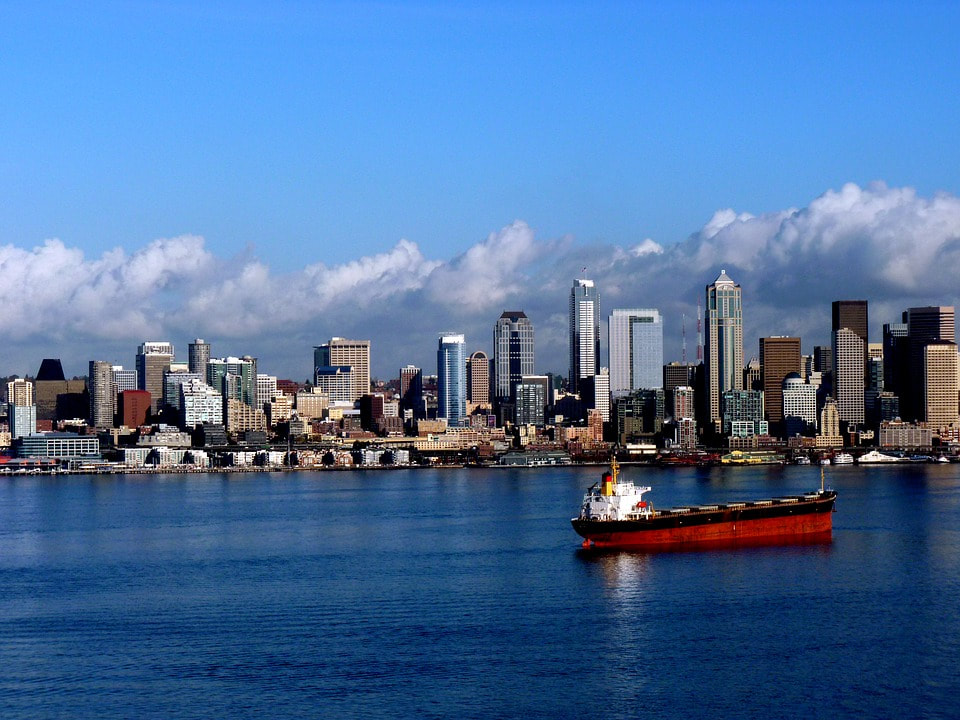
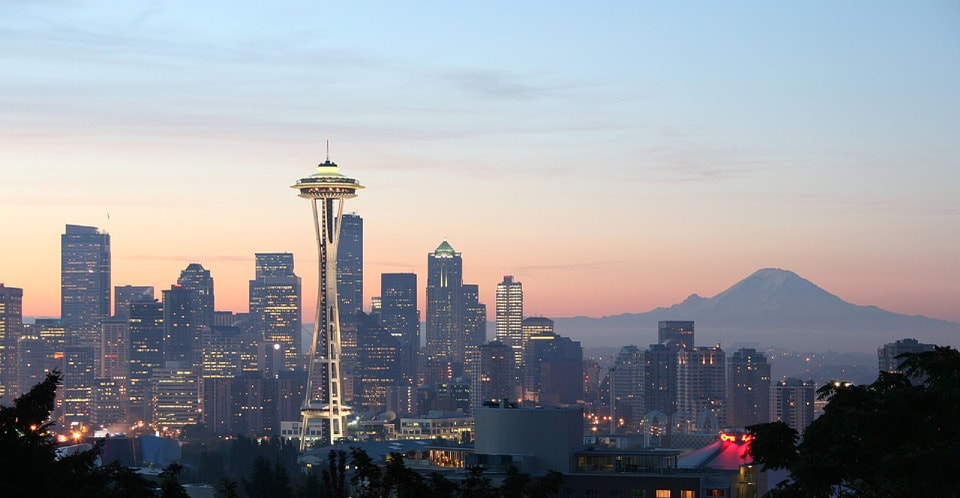




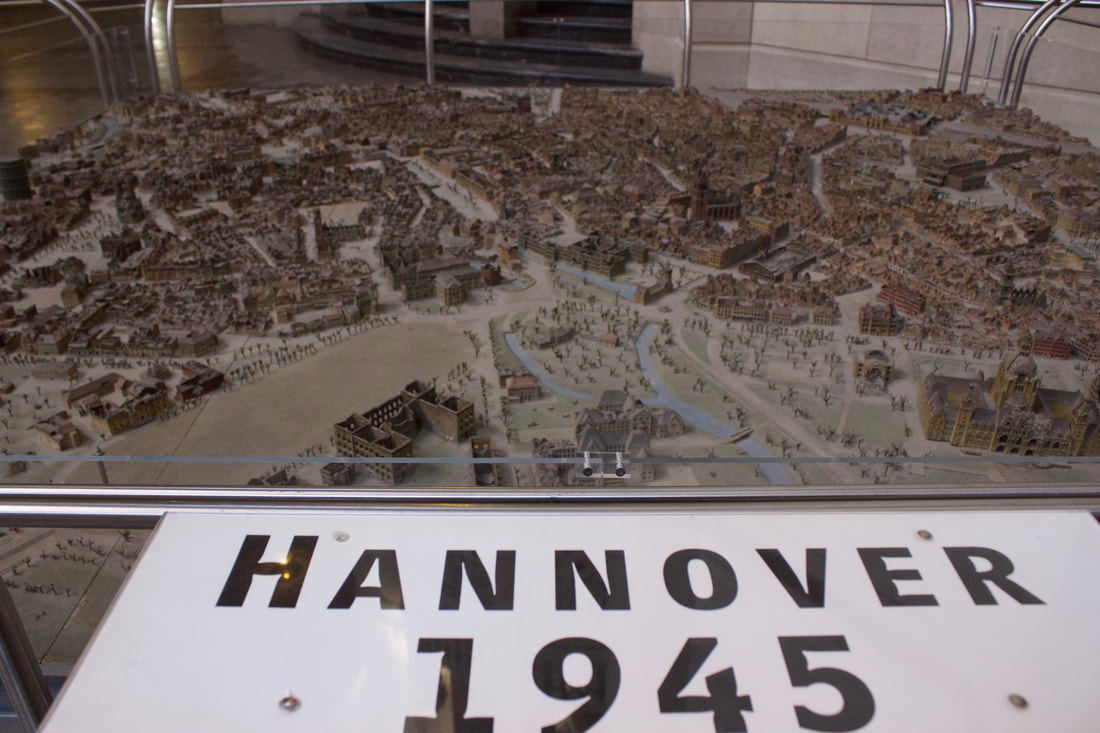






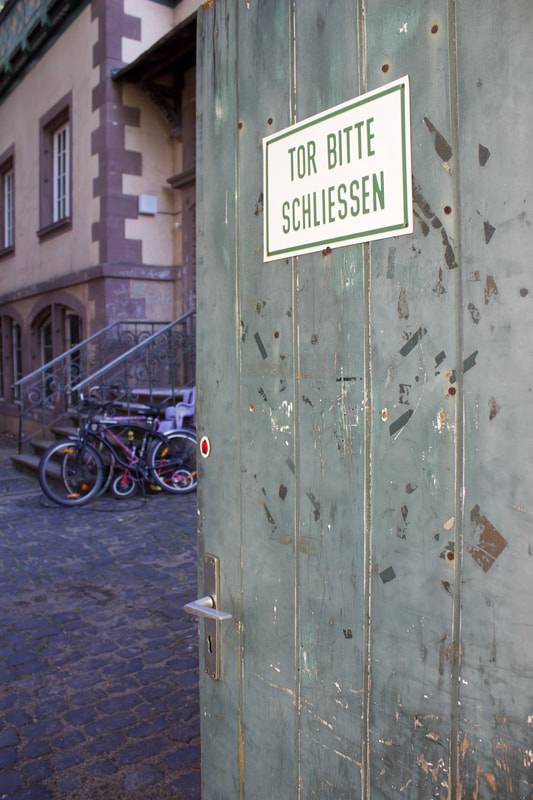
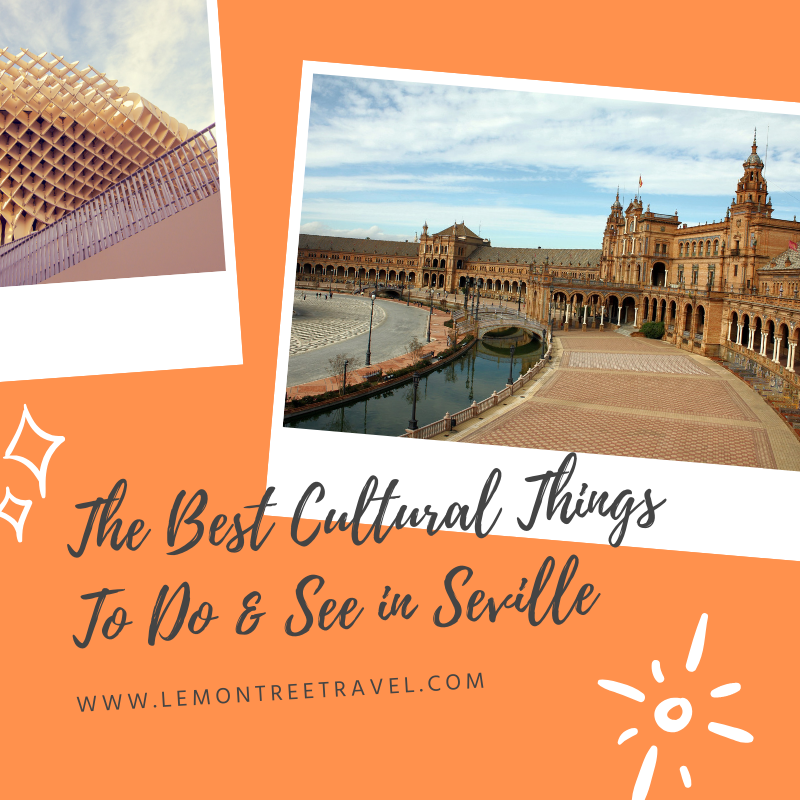



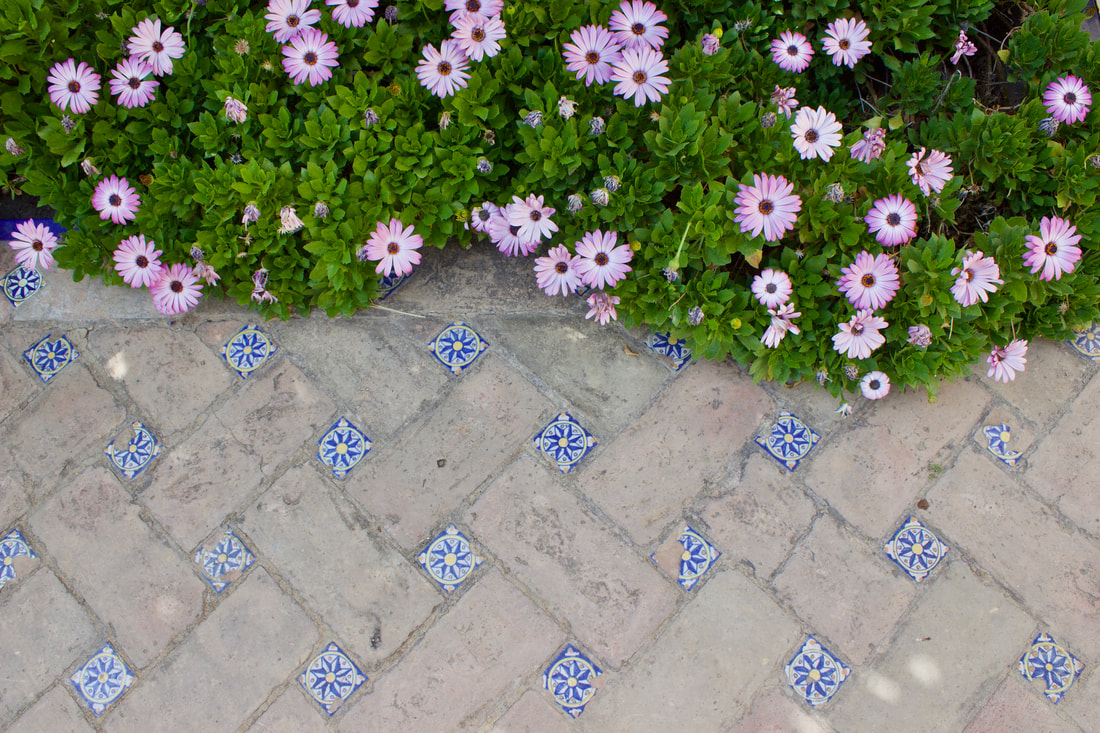



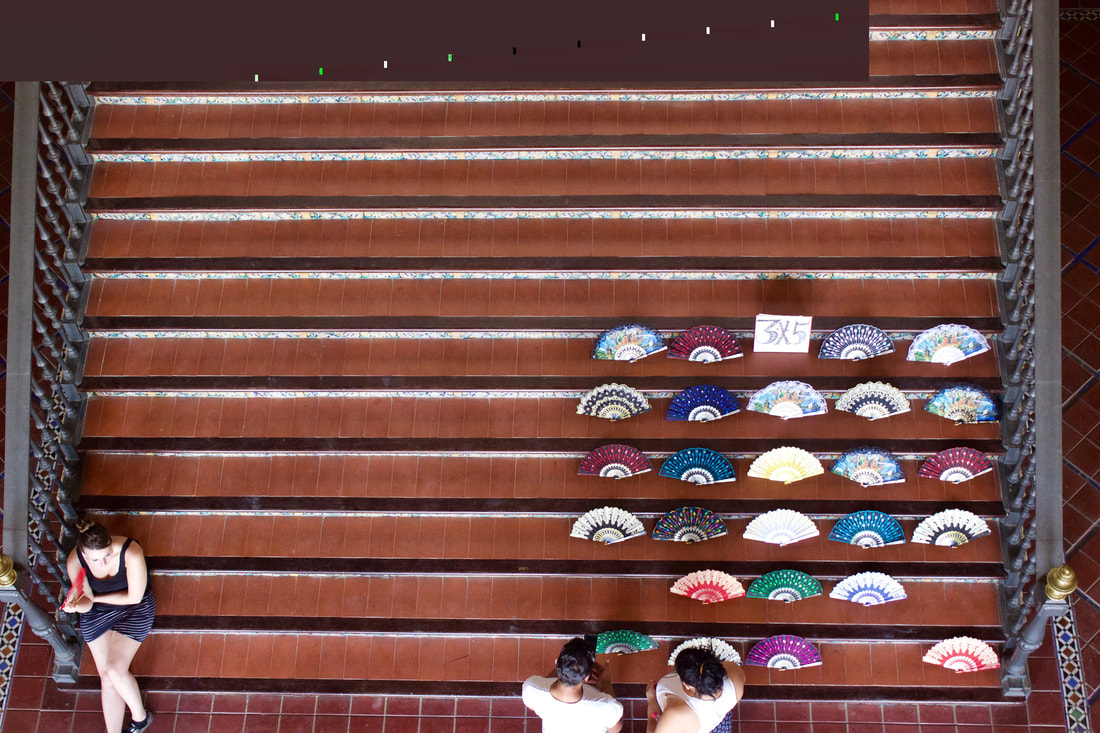


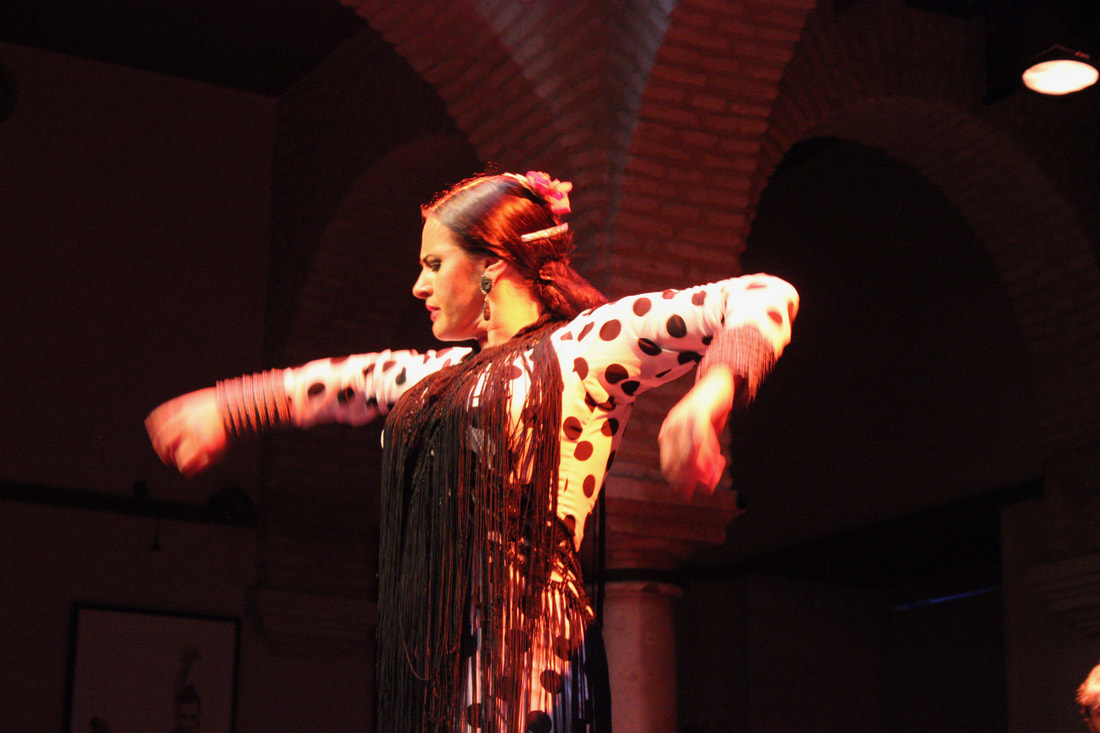

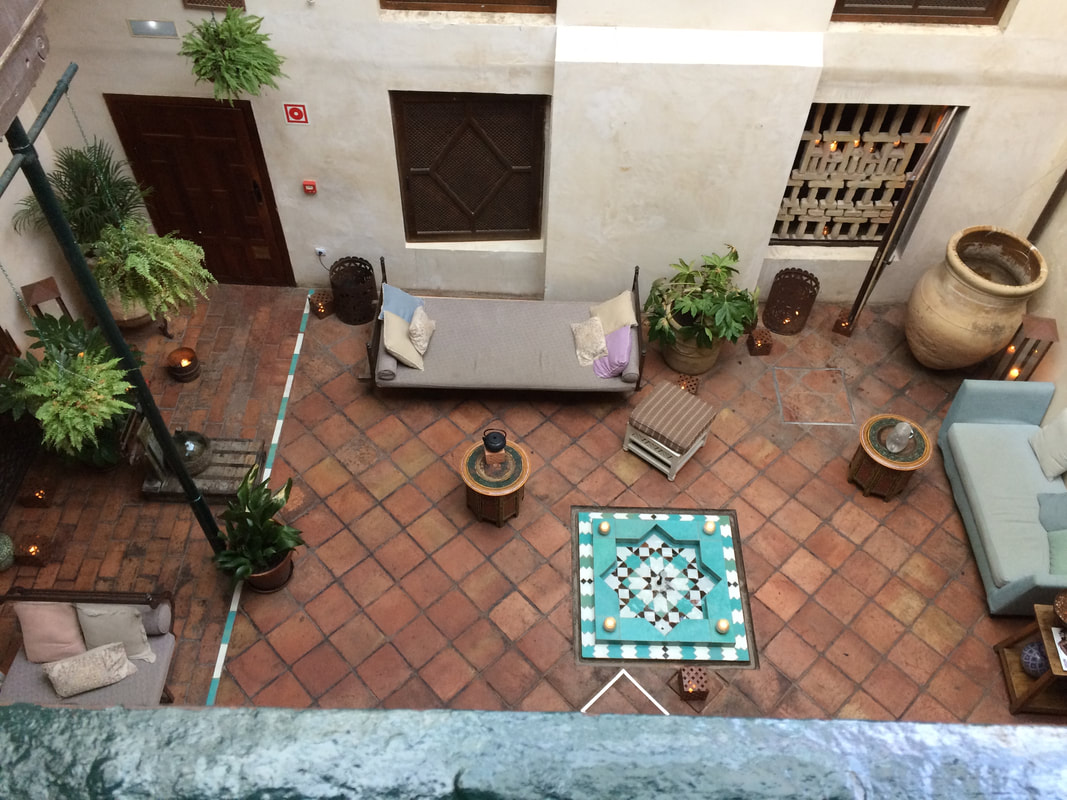


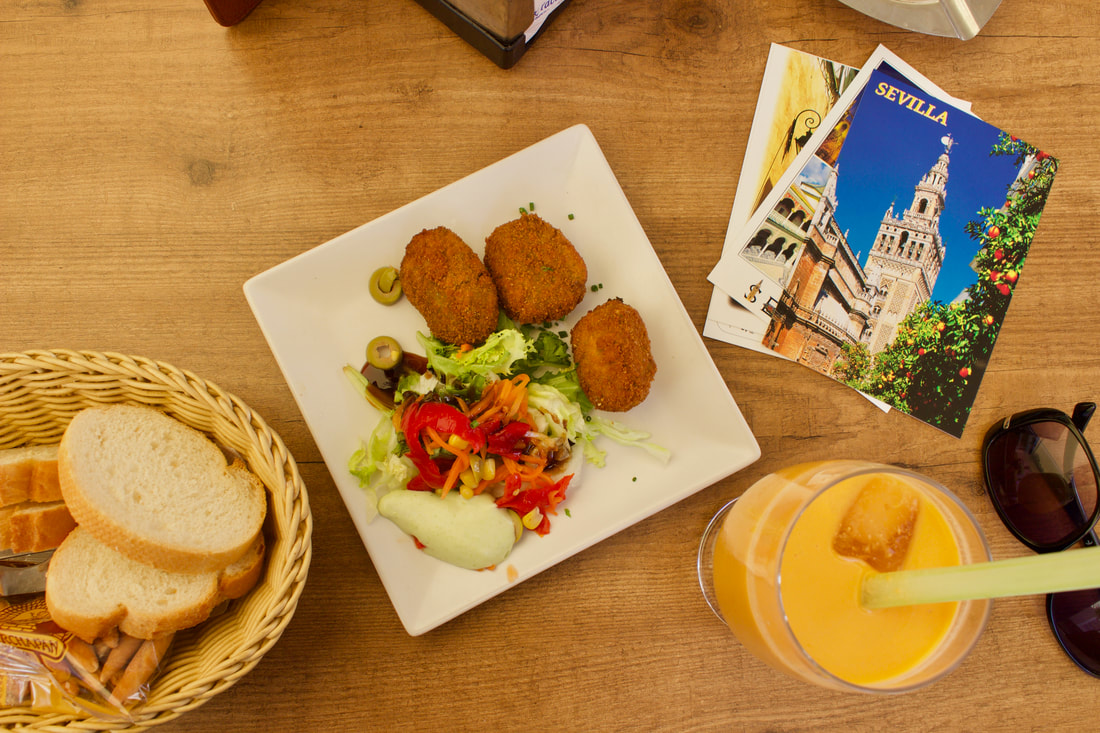
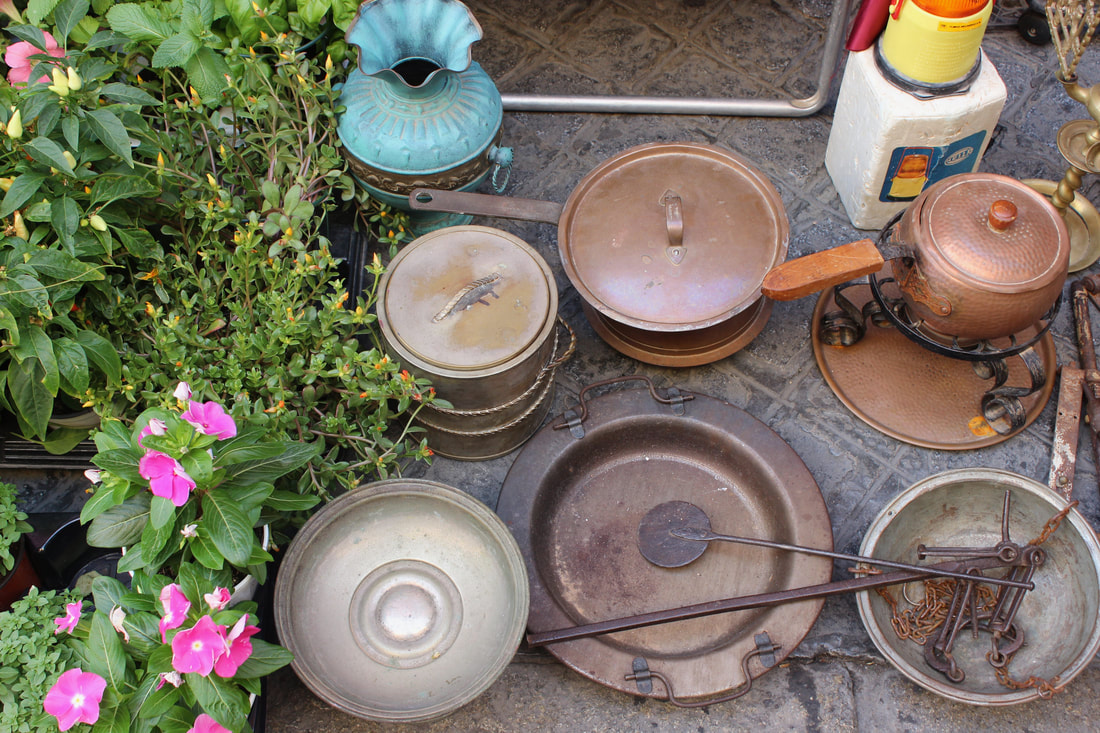



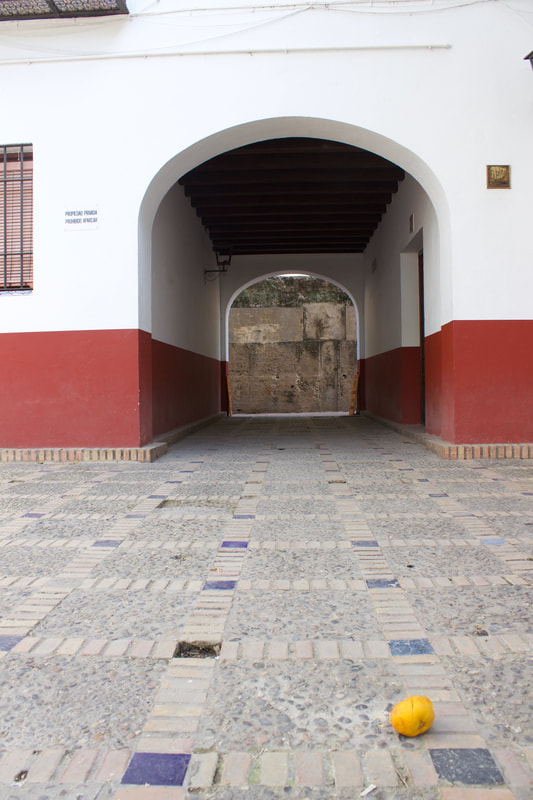


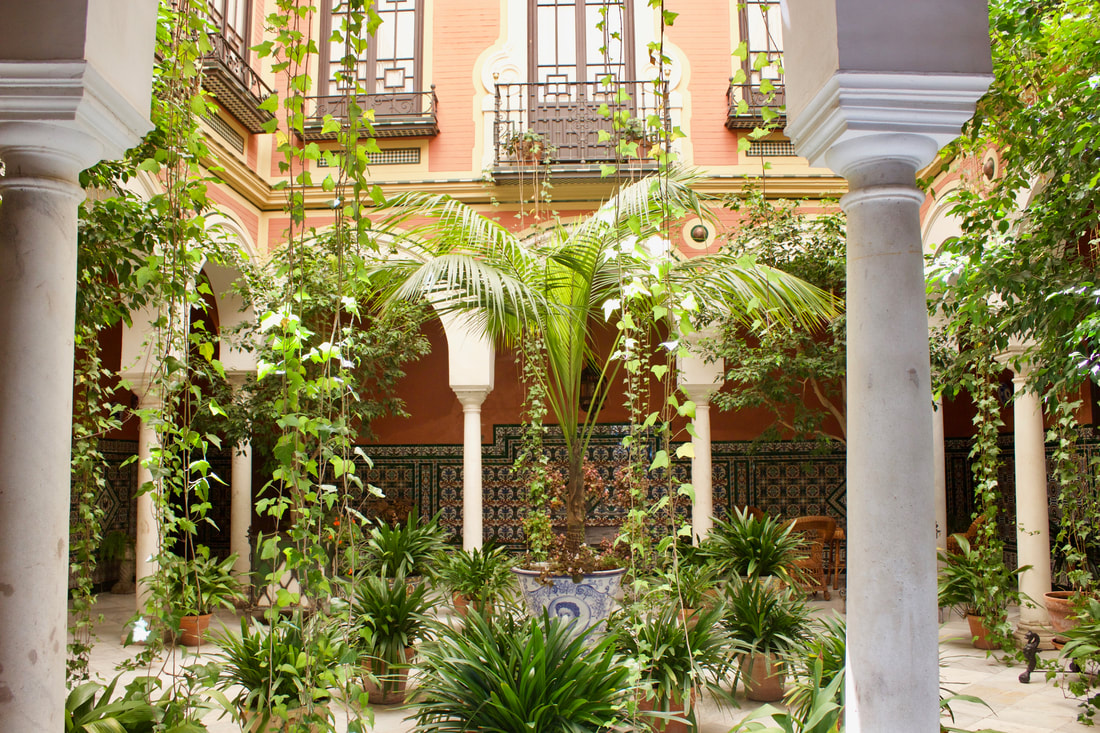

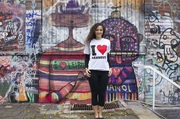

 RSS Feed
RSS Feed